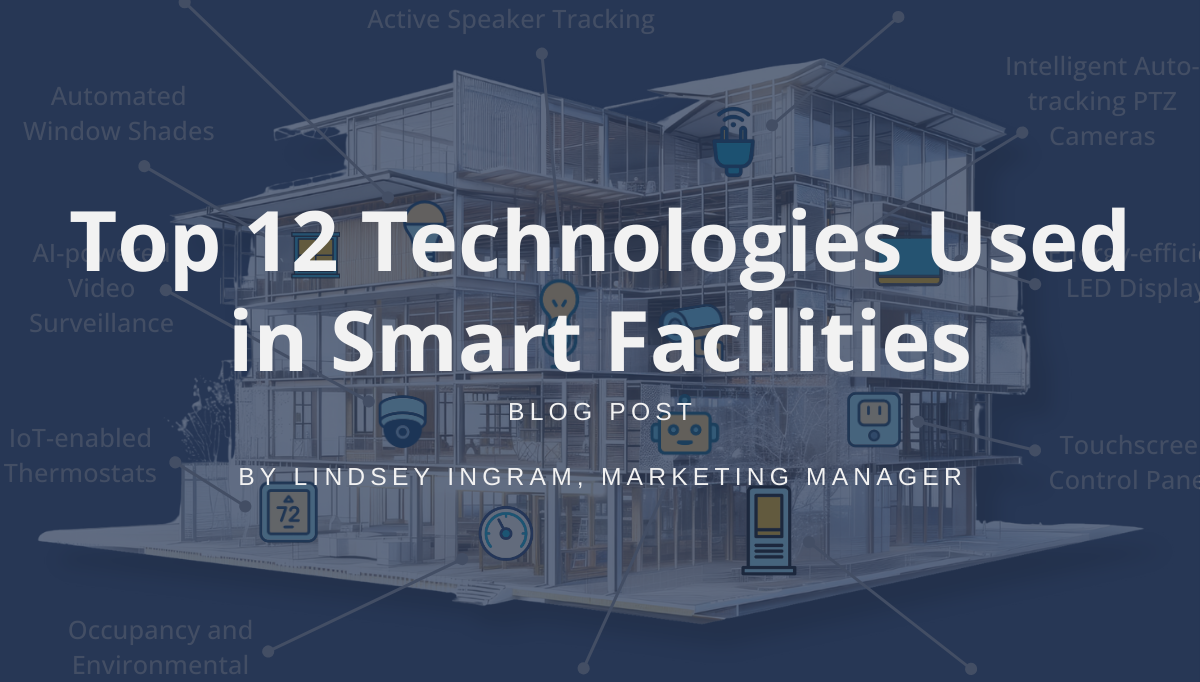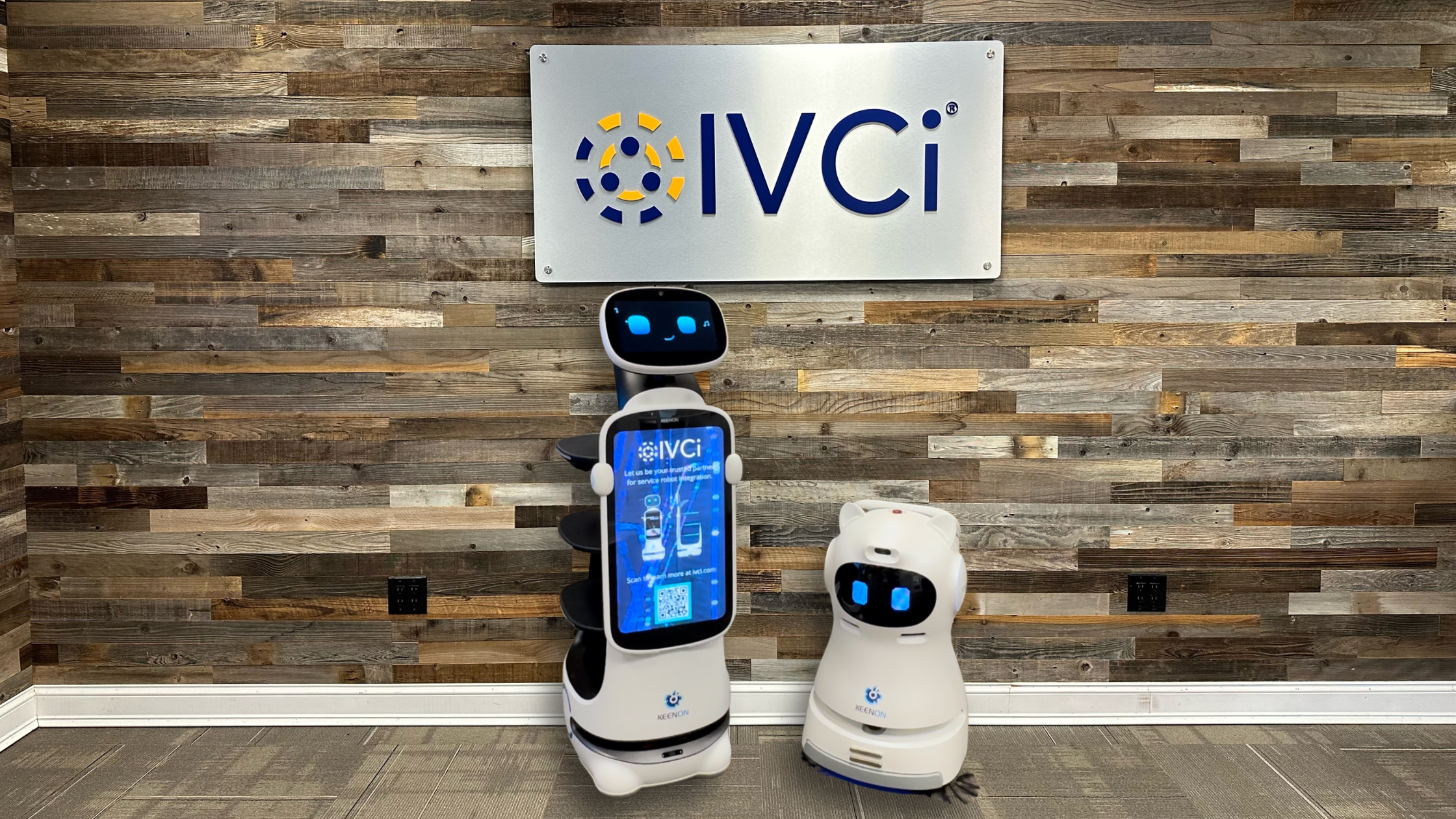While almost every aspect of “the workplace” has shifted significantly in recent years, you can argue that the meeting room has changed the most.
Gone are days where people sat around boardroom tables in uncomfortable chairs, equipped with just a telephone, whiteboard, and maybe a projector.
Now, audio video conferencing is the standard way for people to collaborate in the workplace and with those who are at a different physical location.
So what exactly is an AV room? What does an AV conferencing room consist of? And more importantly, how can an audio video conferencing company help you design and configure the room for the best possible outcome.
So let’s dive into the different components that make up a state of the art meeting space.
“An audio visual integrated room is a meld of art and science. The art is in the design of the room itself; the lighting, furniture, and the selection of the right technologies that will eventually come together. The science comes in with the building of those technology connections and making each device work together as if it were one.”
-Tim Hennen, CTO at IVCi
With that being said, let’s take a look at the components of a successful AV room.
Video – Video in an AV room is about the display of content, how you see meeting participants, and how everyone sees presentations and documents. This includes cameras, displays, a matrix switcher, digital video processors, computer connections, and digital displays.
Audio – It’s important that audio is crisp and clear, and set up in a way that does not echo or interfere with any other part of the meeting. This includes speakers and microphones, as well as audio control systems.
Lighting – You can have the highest quality cameras in the world, but have your picture ruined by poor lighting. This will be unique to each individual room based on lighting fixtures, windows/doors, and the availability of shades. You definitely don’t want to overlook this important aspect.
Management Systems – Organizations often minimize the management AV rooms require to make sure that technology is working properly and that scheduling, launching, and troubleshooting are seamless.
Cloud Connection – While many organizations will have a physical AV room in their offices, it’s important that meetings can happen from anywhere. Cloud connection is now essentially mandatory in an AV setup because it allows remote employees to participate in meetings or access meetings from different devices. This allows organizations to scale their current AV room setup to limitless endpoints.
The Right AV Integrator – An overlooked component of an AV room is the technology partner that helps design, implement, and support it. The right integrator will act as a trusted advisor every step of the way, providing expert guidance for organizations looking to have the latest technology or the most seamless integration experience.
What’s even better is that if you have the right AV solution provider, the rest will fall into place because they will guide you to the right video, audio, lighting, management, cloud connection — and more.





